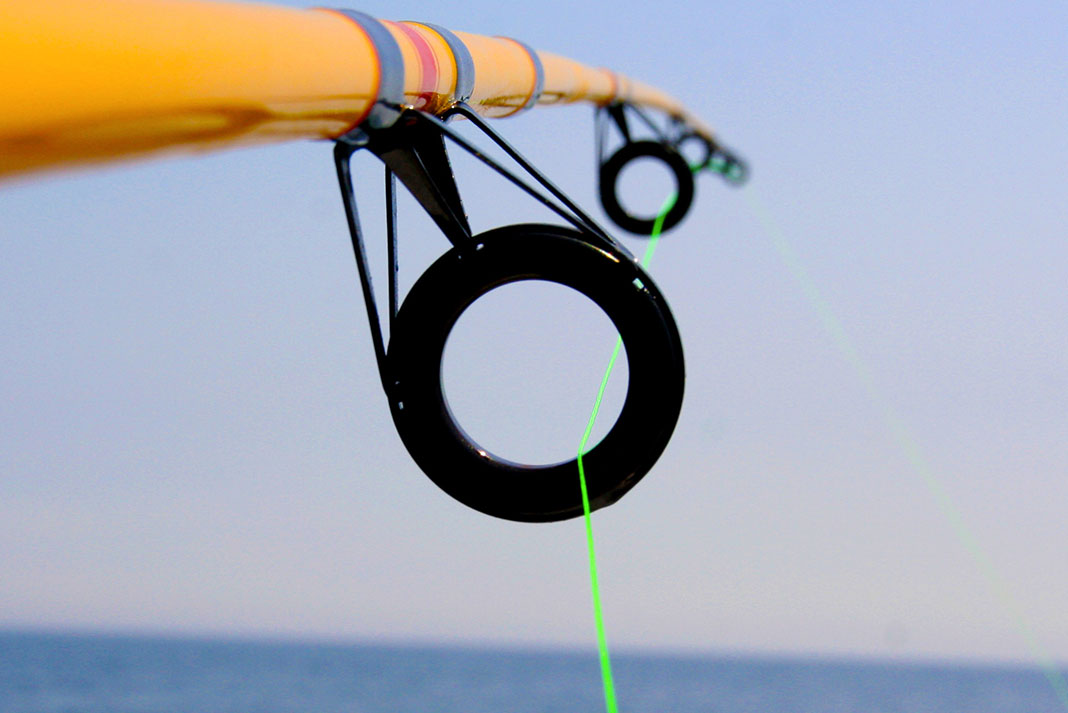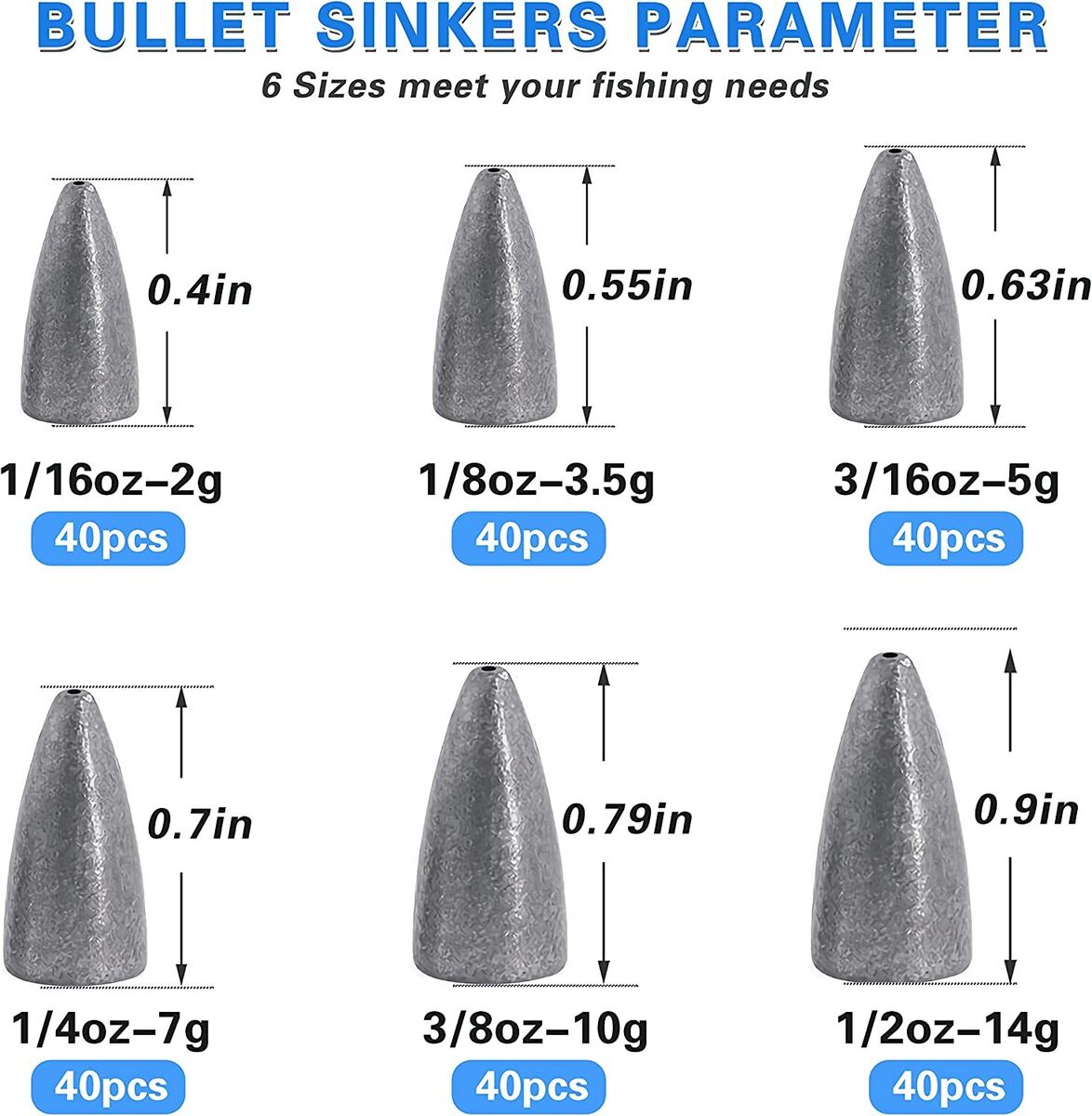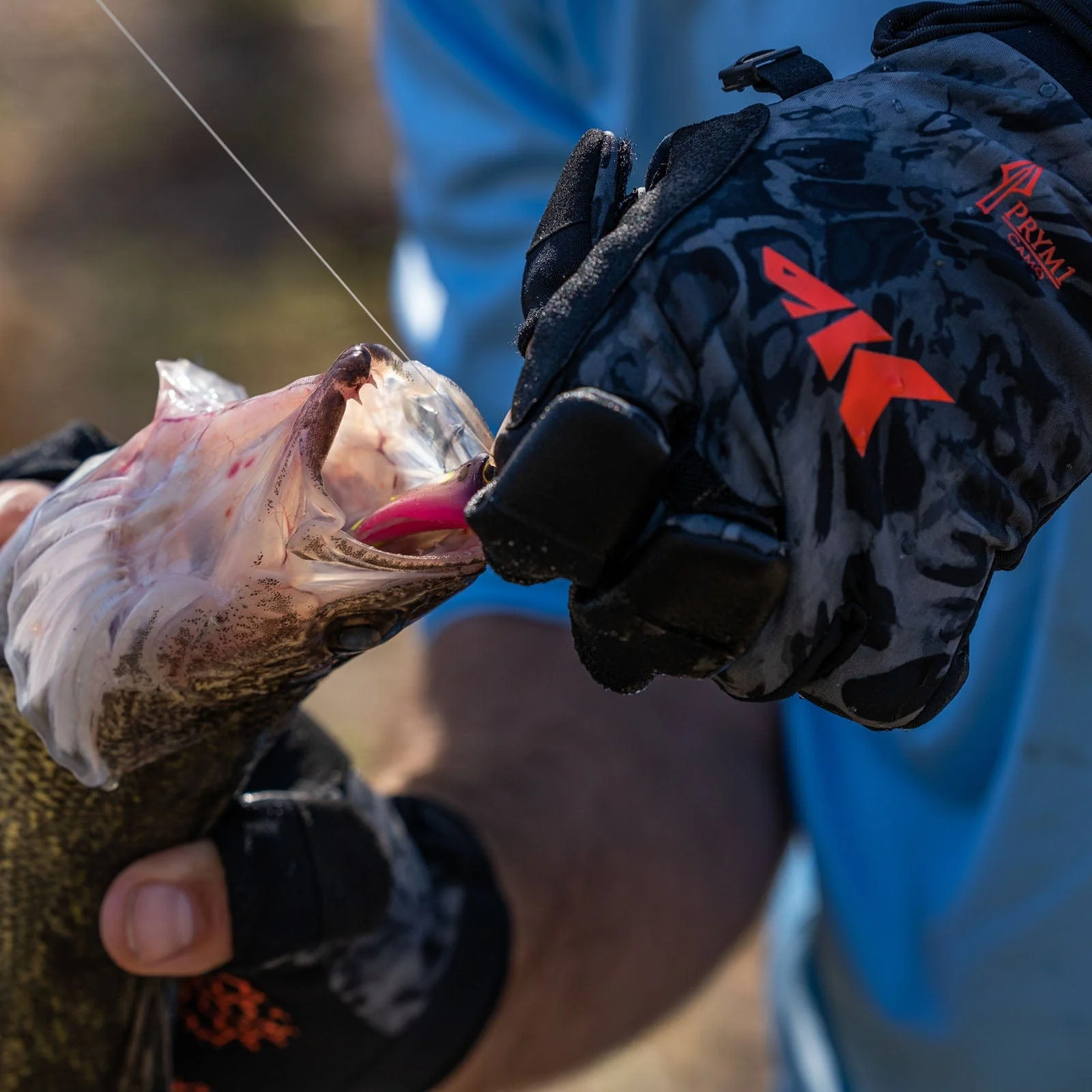Halibut fishing is a thrilling experience that requires a well-thought-out equipment setup to maximize your chances of success. These powerful flatfish can grow to impressive sizes, and without the proper gear, you might find yourself unprepared for the fight. In this article, we’ll break down everything you need for a successful halibut fishing trip, from rods and reels to rigs and bait.
Rods and Reels
Choosing the right rod and reel is the foundation of a successful halibut fishing setup. Given the size and strength of halibut, heavy-action rods are recommended. These rods provide the necessary backbone to handle the intense pressure of a large halibut, especially when fishing in deep waters. A good rod should be sensitive enough to detect bites but strong enough to withstand the fight.
For reels, opt for a high-capacity, low-speed reel. Halibut fishing often involves deep-water environments, so your reel should be capable of holding a significant amount of line, typically 300 yards or more of heavy-duty line. Low-speed reels offer better torque, making it easier to reel in these powerful fish from deep waters.
Fishing Line
The choice of fishing line is crucial when targeting halibut. Braided lines are often preferred due to their strength and thin diameter, allowing for greater line capacity and less stretch, which improves sensitivity. A line strength of 80 to 100 pounds is recommended, especially when fishing in deep water or targeting larger halibut.

Monofilament lines can also be used, particularly for their stretch, which can act as a shock absorber during a hard fight. However, they have more stretch and are thicker, which reduces sensitivity and line capacity. When using monofilament, consider lines in the 60 to 80-pound range with high abrasion resistance to withstand the rough seafloor.
Terminal Tackle
Terminal tackle for halibut fishing includes hooks, sinkers, and swivels, each of which plays a critical role in your setup. Circle hooks, typically in sizes 14/0 to 20/0, are ideal for halibut fishing. These hooks are designed to catch the corner of the fish’s mouth, reducing the chances of the hook being swallowed and increasing the likelihood of a secure catch.
Sinkers are essential for getting your bait down to the bottom where halibut are typically found. The weight of your sinker will depend on the depth and current, but weights ranging from 16 to 32 ounces are common. In strong currents or deep waters, you may need even heavier sinkers.

Swivels are used to prevent line twist, which can be a problem when fishing in deep water with heavy weights. Use high-quality, ball-bearing swivels that can handle the strain of deep-water fishing.
Rigs for Halibut Fishing
Rigs are the final and crucial piece of your setup. The spreader bar rig, dropper loop rig, and circle hook rig are among the most effective for halibut.
- Spreader Bar Rig: This rig uses a metal bar to keep the bait off the bottom and prevent tangles. It’s ideal for presenting large baits in a natural manner.
- Dropper Loop Rig: A versatile rig that allows you to attach your bait at different heights, making it effective in varying depths and conditions.
- Circle Hook Rig: Paired with a heavy sinker, this rig ensures the bait stays on the bottom, where halibut feed. The circle hook design helps reduce deep hooking, which is crucial for catch-and-release fishing.
Bait and Lures
The right bait or lure can make all the difference in halibut fishing. Natural baits such as herring, squid, and octopus are highly effective. These baits are durable and emit strong scents that attract halibut from a distance.
Artificial lures, including jigs, swimbaits, and soft plastics, are also popular. Large, heavy jigs with a strip of bait attached are particularly effective when bounced along the seafloor, mimicking the movements of prey.

Electronics and Accessories
Electronics such as fish finders are indispensable for locating halibut, especially in deep waters. A good fish finder can help you identify the depth at which halibut are holding and provide a detailed view of the seafloor structure.
Downriggers can be useful in maintaining the desired depth, particularly when trolling for halibut. Other essential accessories include gaffs for securing your catch, large nets for landing, and fillet knives for processing your fish on board.
Safety Considerations
Safety is paramount when halibut fishing, especially when handling large fish and heavy gear. Always wear a life vest and ensure your boat is equipped with the necessary safety gear, such as flares, a first aid kit, and a reliable communication device.
Handling large halibut can be dangerous due to their size and strength. Use gloves to protect your hands, and consider using a harpoon to secure particularly large fish before bringing them onboard.

Setting up your equipment correctly for halibut fishing is essential for both success and safety. From selecting the right rod and reel to rigging your bait and ensuring you have the proper safety gear, each element plays a critical role in your overall setup. By investing in quality gear and taking the time to understand each component of your setup, you’ll be well-prepared to tackle the challenge of halibut fishing and enjoy a rewarding day on the water

Robert Smith is the proud owner of Bait Barrels and Bows, a premier fishing sports store established in 1989. With over three decades of experience in the industry, Robert has honed his skills to become an expert angler, sharing his vast knowledge and passion for fishing with enthusiasts around the world. Through his store and writings, Robert provides invaluable tips and guidance, helping both novice and seasoned anglers improve their techniques and enjoy the sport to its fullest. His commitment to the fishing community is evident in his dedication to quality products and excellent customer service.

